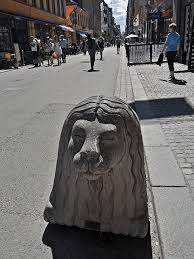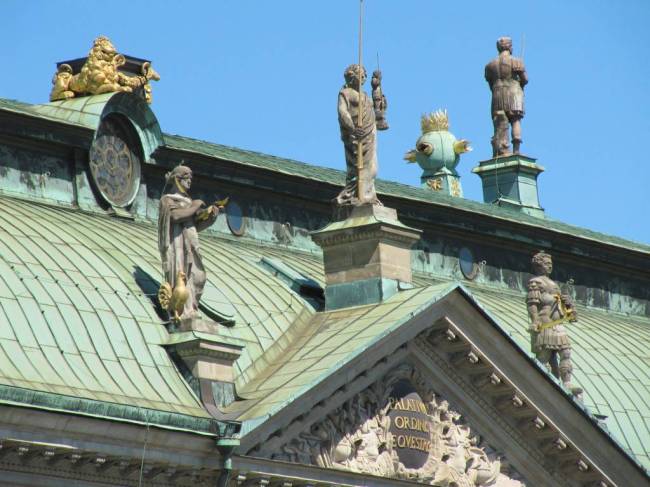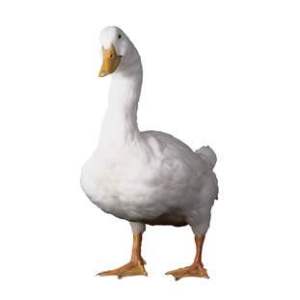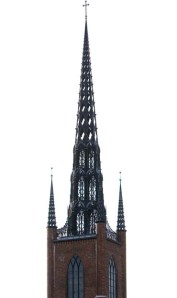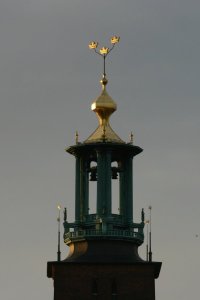Long, long ago there lived a little boy called Olle. He lived in the dirtiest, coldest, noisiest part of Stockholm’s Old Town. He shared his squalid shack with his mum and dad, grandparents and five sisters and brothers, all of them squeezed into one simple room. From inside the room, you could hear the noise of the horses hooves on the cobblestones and the bustle of people outside.
Olle was always hungry but he was also a dreamer. Whenever he didn’t have to work, he could be found standing outside gazing up at the stars. He loved the way they blinked in the night sky and how the moon lit up the dark alley ways of the Old Town.
One cold winter night, he was outside as usual looking up at the sky when he heard a whisper of voices. Looking around, he noticed that the voices came from inside a cellar, and the door was slightly open. It was so cold outside and the yellow light from the cellar stairs seemed warm and cosy, so he decided to go in. Once inside, he walked slowly down the stairs until he came to a little room with an open fire. The ceiling was very low in this room and it was lovely and warm. By the fire place, he saw a rocking chair and a side table laden down with thick pies. He looked around cautiously. The whispers had stopped, and the room was empty. He felt the hunger in his stomach and stared at the pies. Gradually, he moved closer to them, mouth watering, and in a mad moment, he grabbed a pie and shoved it into his mouth.
The door to the room slammed shut and in the shadows behind he saw a shape. He heard the whispers beginning again and from the shadows emerged an ugly old woman.
‘Oh Child,‘ she whispered ‘Are you hungry?’
Olle nodded, scared. He could hear the noise from the street above and the crackling of the fire.
‘Take Another one then. Go on. Eat’
Olle turned to the pies and took another. He was so hungry. And he stuffed it into his mouth.
‘You like my pies?’ said the old woman
Olle nodded but he started to feel a little strange. The room starting spinning slowly and he felt a odd feeling in his body. The floor seemed to be getting closer, and the ceiling further away. His clothes felt too big for him. What was happening? Was he shrinking??
A few minutes later, Olle opened his eyes. The old woman was towering over him and laughing. Everything in the room was huge, he had shrunk to the size of a tin soldier.
Bending over, the old woman grabbed him in her hand and lifted him up to her face. He could see the milky colour of her eyes and smell the foul odour of her breath.
‘So you liked my pies! You know what’s in them?‘
Olle shook his head.
‘Curious little boys!’ screamed the old woman.
Olle never made it home that day. No one really knows what happened to him. But you can still visit him if you like. Just behind the Finnish Church in the Old Town, there’s a little statue in his honour. There he sits, little Olle, and gazes up at the stars that he loved so much.

